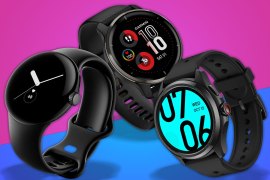44 essential albums for audiophiles
If your ears, speakers and headphones need a proper workout, you should start with one of these records. Or better yet, all of them
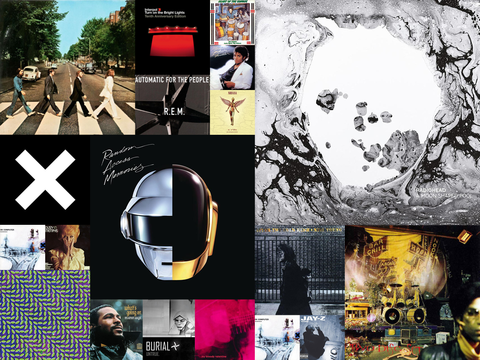
44 essential albums for audiophiles
Audiophiles are a strange breed: here are a bunch of people who’ll happily fork out a week’s wages for power cables that provide “clean electricity” to their CD player, but refuse to part with a penny for any album they consider to be mastered in a sub-par way. Thankfully, a handful of today’s artists are still committed to well-mastered, exquisitely produced recordings and that, along with a plentiful supply of older albums that were either originally mastered well or have since been remastered, means there’s plenty of fantastic music to listen to. Here are some of our favourites.
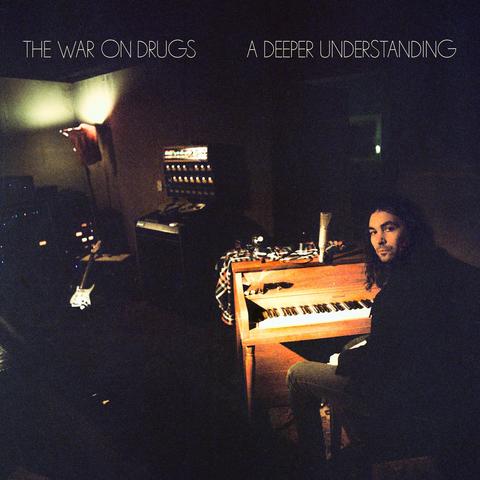
THE WAR ON DRUGS: A DEEPER UNDERSTANDING (2017)
Kurt Vile’s former band are pretty much the definition of drivetime rock, with echoes of Springsteen, Straits and even a hint of Bryan Adams (it’s not a bad thing) to their widescreen epics (seriously, only three songs on this album clock in at under six minutes). But you can tell every single note on A Deeper Understanding has been recorded and re-recorded until it sounds exactly right, with slightly more focus on shimmering synths than their previous records.
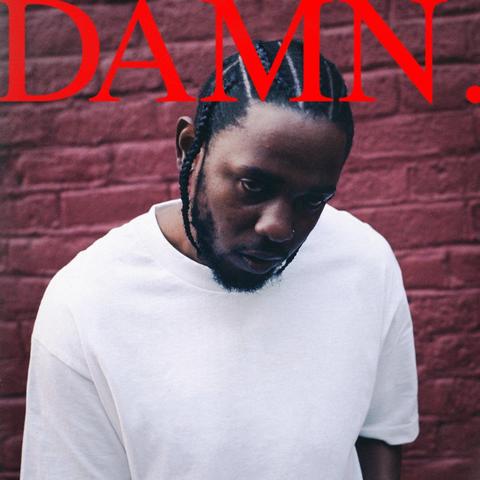
KENDRICK LAMAR: DAMN. (2017)
Kendrick Lamar’s one-man mission to change hip-hop was well underway by the time he released Damn., with the kaleidoscopic To Pimp A Butterfly already pushing the genre to places it had never been before in 2015. Damn. is another concept album, with Kendrick’s confrontational poetry telling another story about being a young black man in America.
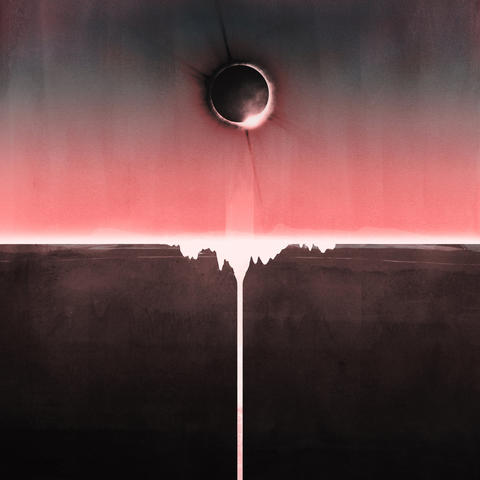
MOGWAI: EVERY COUNTRY’S SUN (2017)
Glasgow’s Mogwai might have left behind the quiet/loud song structures that helped them to put post-rock on the map back in the ‘90s, but their recent albums have been no less dynamic, building on the drama and intensity that made them famous and evolving it. Every Country’s Sun (named after a clanger dropped by a friend of the band) is often surprisingly upbeat, finding warmth where previous records have had a tendency to feel a little clinical and cold.
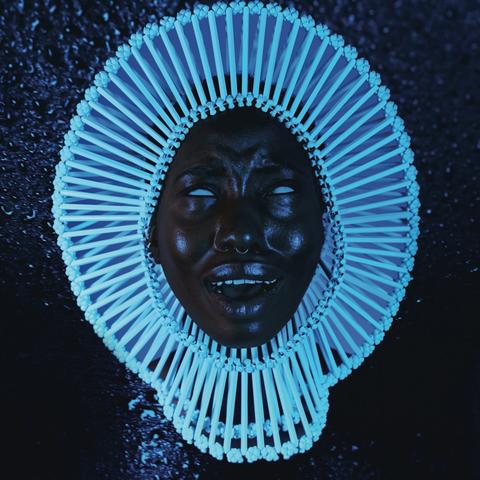
CHILDISH GAMBINO: “AWAKEN, MY LOVE!” (2016)
When Childish Gambino (aka Community’s/Atlanta’s/Solo: A Star Wars Story’s Donald Glover) released “Awaken, My Love!”, Questlove from The Roots woke D’Angelo up at 4am to make him listen to it because he was so blown away by its funk-inspired sound. When you have that effect on musicians as respected as those two, you must be doing something right, and the multi-talented star’s switch from straight-up hip-hop to a groovier, more multi-layered style of music couldn’t have gone much better.
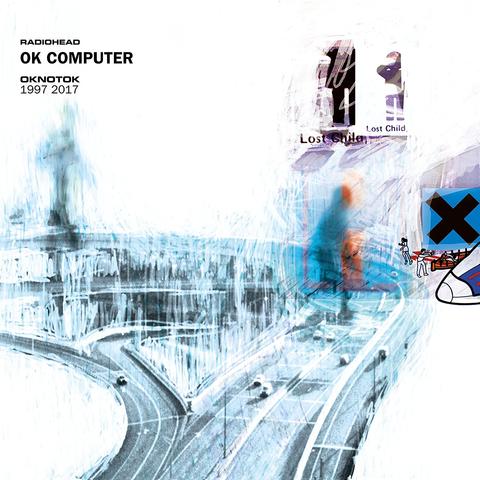
RADIOHEAD: OK COMPUTER OKNOTOK (2017)
Radiohead’s OK Computer turned 20 years old in 2017 and the band’s seminal record has had a nip and tuck for its birthday. Completely remastered from the original analogue tapes, OKNOTOK also includes three unreleased tracks and eight B-sides from the period.
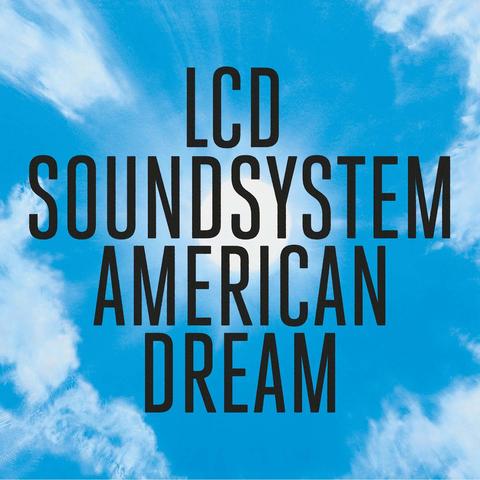
LCD SOUNDSYSTEM: AMERICAN DREAM (2017)
After a relatively short-lived hiatus, LCD Soundsystem returned in 2017 with their take on the American Dream. James Murphy’s encyclopedic knowledge of music from the past 50 years informs a more melancholy record than fans might’ve been expecting; a meticulously recorded tribute to his recently lost heroes rather than a triumphant celebration of the band’s return.
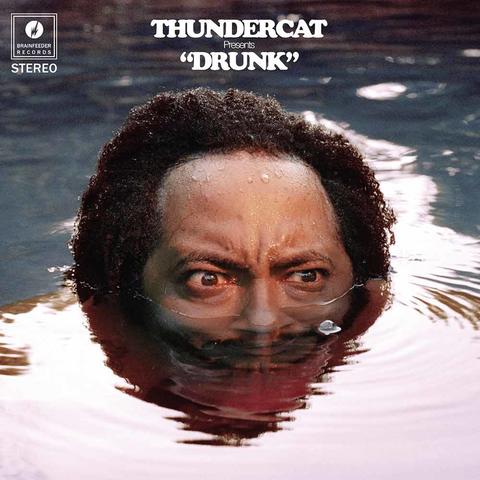
THUNDERCAT: DRUNK (2017)
With a guest list that includes both Kenny Loggins (of Top Gun soundtrack fame) and Wiz Khalifa, you should press play on Drunk with your expectations left at the door. Thundercat – a virtuoso bass player born Stephen Bruner – meows, farts and grooves his way through 23 tracks that give a brief insight into his unique musical mind. That might make it sound like an exercise in zany showboating, but on the whole Drunk isn’t as oddball as its ingredients would suggest.
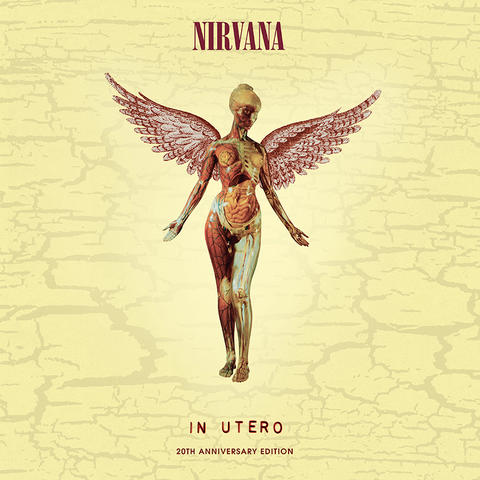
NIRVANA: IN UTERO 20TH ANNIVERSARY DELUXE EDITION (2013)
This 2013 special edition of Nirvana’s third and final studio album, released exactly 20 years after the original, includes a remastered version alongside brand new remixes by Steve Albini. Albini was sound engineer the first time round, but label interference lathed off some of his rougher edges – he evidently couldn’t pass up the chance to take another shot at such classics as Scentless Apprentice, Rape Me, Heart Shaped Box and Pennyroyal Tea, adding greater texture to the original versions.
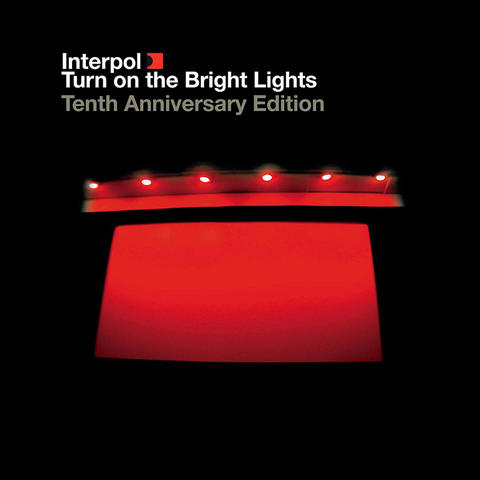
INTERPOL: TURN ON THE BRIGHT LIGHTS – THE TENTH ANNIVERSARY EDITION (2012)
Giving The Strokes’ Is This It a good run for “the most New York debut album of the early noughties”, Turn On The Bright Lights is the record that put Interpol on the map, and also high on the list entitled “bands who people always say sound like Joy Division”. And while this album’s sound is certainly rooted in post punk – there’s a precision and texture to the playing that create a sense of space, clarity and almost clinical detachment that seems perfectly suited to post-9/11 New York.
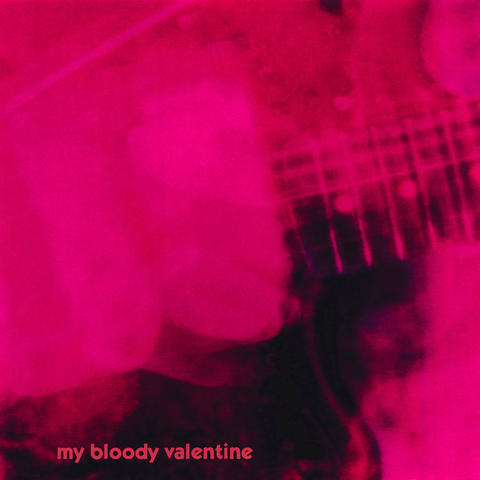
MY BLOODY VALENTINE: LOVELESS (1991)
You’re going to want a weighty set-up for this one. When they perform Loveless live, MBV crank up the volume to such an extent that most fans don earplugs, and while we’re not suggesting you go that far, it’s an album that demands to be played loud. Recorded over two years in 19 studios and with almost as many engineers, it’s dominated by Kevin Shields’ trademark tremolo-heavy guitar plus layer upon layer of samples: sampled guitars, sampled drums, sampled vocals, sampled samples.
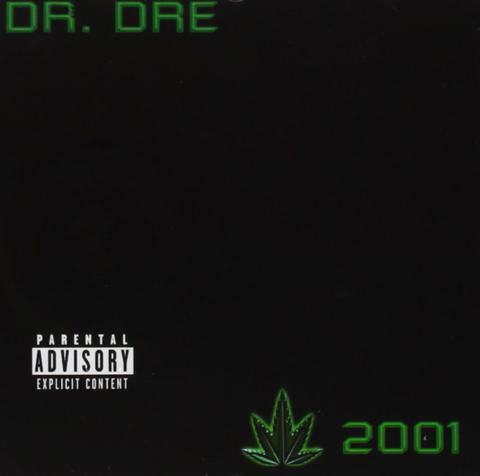
DR DRE: 2001 (1999)
Dr Dre’s second studio album exhibits a clean clarity and dynamic range that suits its sparse beats, bottomless bass, doom-y string samples and g-funk synths – it’s a great workout for any decent pair of speakers or headphones (Beats or otherwise). The lyrical content won’t sit comfortably with every listener, being an encyclopaedia of gangsta rap clichés but, well, it’s a gangsta rap album with a cannabis leaf on the front cover made by the co-founder of N.W.A. If it was mum-friendly it just wouldn’t be the same.
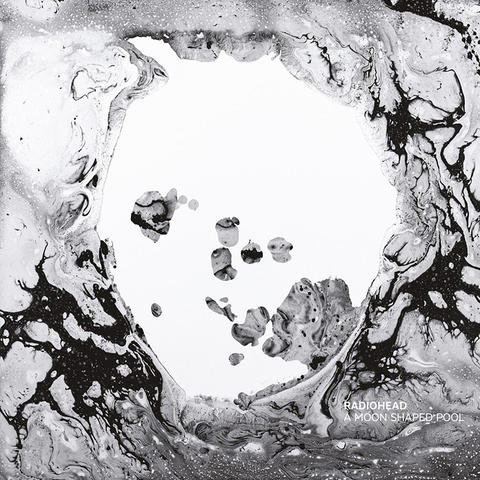
RADIOHEAD: A MOON SHAPED POOL (2016)
With some songs of its songs sitting on Radiohead’s back burner for 20 years before being committed to tape it’s hardly surprising that A Moon Shaped Pool is a treat for the ears. Opener Burn The Witch dates back to the Kid A sessions, although it’s far less familiar to fans than long-time live favourite True Love Waits, which has its mournful piano bolstered by a bed of fluttering percussion.
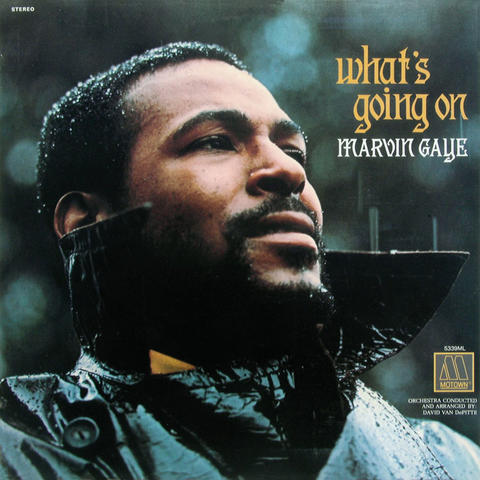
MARVIN GAYE: WHAT’S GOING ON (1971)
Deeply affected by his brother’s experiences returning from the Vietnam War and what he viewed as rampant, widespread injustice in America, Marvin Gaye shrugged off his soul loverman image and recorded a concept album about the state of the world. As a recording the album exhibits a rare spaciousness, with each element able to be picked out clearly. Combining blues, jazz and soul elements, it’s a hugely influential album and over 40 years after its release, still highly relevant and relatable.
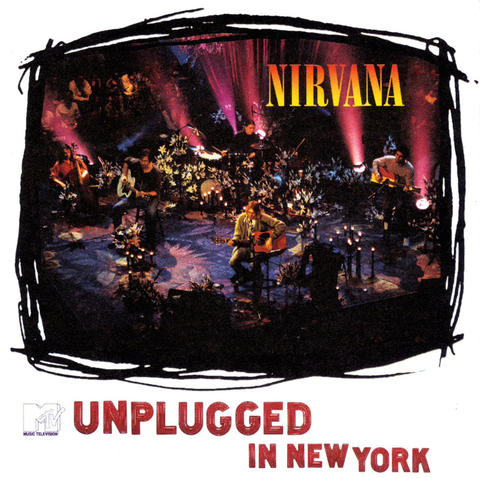
NIRVANA: MTV UNPLUGGED IN NEW YORK (1994)
MTV may be a dirty word these days, but the TV network’s Unplugged series served up several excellent albums in the 90s, most of them recorded with a “hey, I could be in the audience” fidelity. And this is one of them. It would be Nirvana’s last album recorded before Kurt Cobain’s suicide, and hindsight adds extra weight to songs like Pennyroyal Tea, Something In The Way and the soul-wrenching closer Where Did You Sleep Last Night.
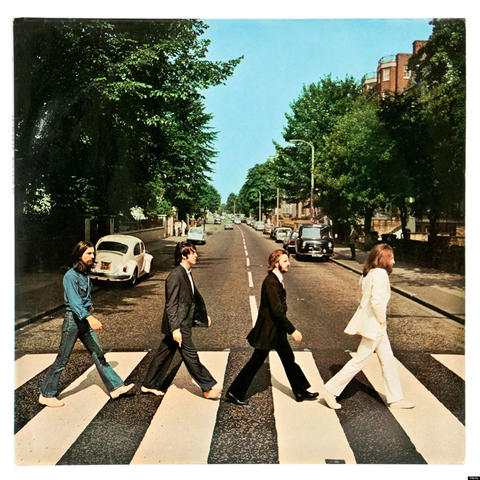
THE BEATLES: ABBEY ROAD (1969)
Recorded in eight tracks rather than the four of previous Beatles albums, Abbey Road was the first of the Fab Four’s records to be originally released in stereo. In 2009, along with most Beatles albums, it was remastered and rereleased, and this version is considered the best in terms of audio quality.
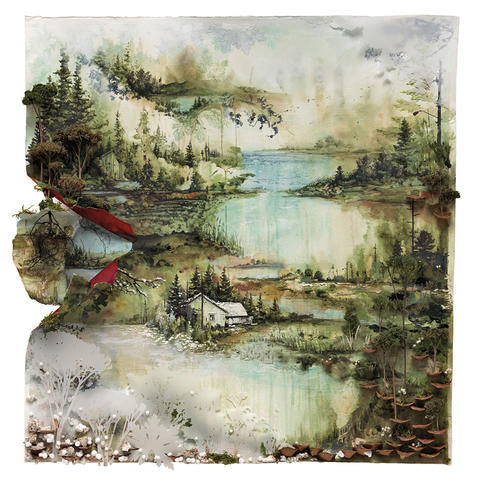
BON IVER: BON IVER (2011)
Trading the intimate “folk music pity party in a log cabin” feel of debut album For Emma, Forever Ago in favour of a more expansive, ambitious sound, Justin Vernon’s second album as Bon Iver flirts with R&B-style crooning, country hoedowns and, at one point, Bruce Hornsby and the Range-esque MOR (well, that’s what it takes to win a Grammy as an indie artist these days).
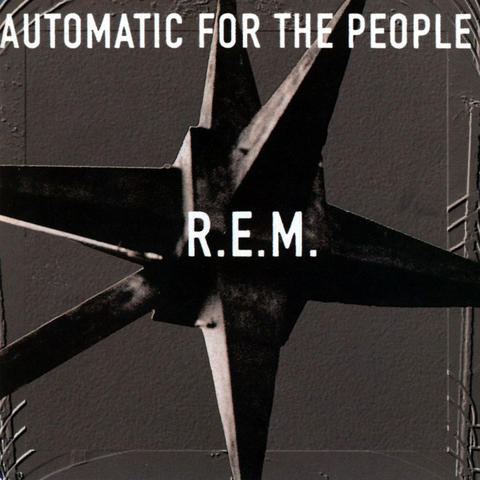
R.E.M.: AUTOMATIC FOR THE PEOPLE (1992)
R.E.M. were no strangers to chart success by the time they released Automatic for the People, but this was the album that cemented the Athens, Georgia natives as the mainstream’s favourite alternative rock band. And you can’t say they got there by continuing down the jangly, upbeat pop furrow they’d ploughed with earlier songs like Shiny Happy People: Automatic features only three tracks that move above mid-tempo (two of which became singles) and for the most part, it’s a sombre, ballad-dominated affair.
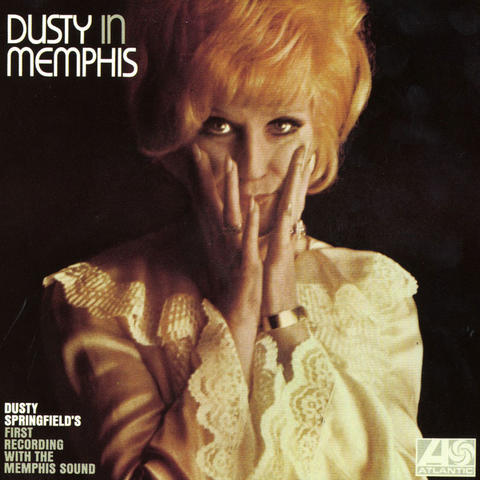
DUSTY SPRINGFIELD: DUSTY IN MEMPHIS (1969)
In an attempt to boost her musical credibility, British swinging sixties icon Dusty Springfield decided to make an album of soul songs – and record it in a city forever associated with the origins of soul and blues. The result was Dusty In Memphis, a record that didn’t make many waves when it was released but has since been recognised as one of the best releases of the 1960s – or any decade. The tracks are arranged and recorded with a rare perfectionism (Springfield ended up re-recording all her vocals in New York because she was unhappy with the Memphis takes) and the songs hit a sweet spot between soul and pop that suggests Dusty was way ahead of her time.
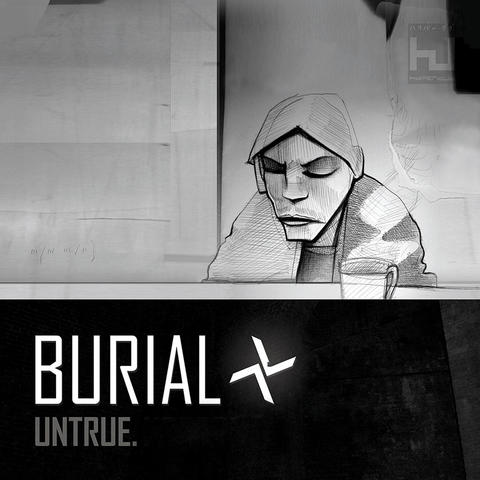
BURIAL: UNTRUE (2007)
Believe it or not there was a time when dubstep wasn’t the sound of adverts for energy drinks. These days Burial’s Untrue is barely recognisable as dubstep. That’s because it isn’t a record for dancefloors; it’s a record about the lonely, 3am bus ride home, or the feeling of unease you get when walking alone late at night. You don’t listen to it to appreciate the stereo image of your expensive hi-fi, you listen to it for its heavily textured yet spacious tunes, and samples that sound like coins or bullet casings falling to the cold pavement.
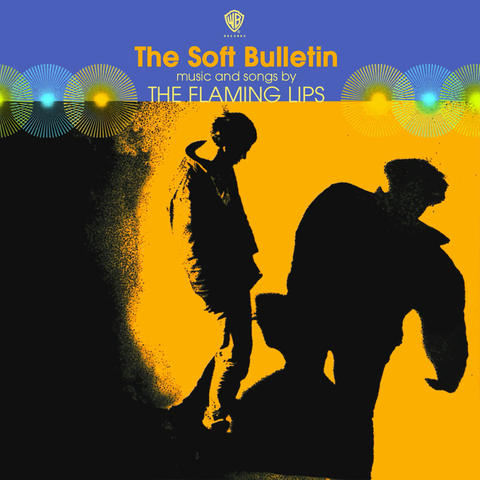
THE FLAMING LIPS: THE SOFT BULLETIN (1999)
Boom! Boom! Crash! Boom! Subwoofers at the ready – it’s a Flaming Lips album… Although actually, The Soft Bulletin isn’t just a Flaming Lips album, it’s THE Flaming Lips album, the high-point of a career now spanning 31 years and 14 albums. It’s also the finest moment in the career of producer Dave Fridmann, a man regarded as the indie-rock Phil Spector (but without the murder).

THE XX: XX (2009)
There’s something incredibly clean about the xx’s self-titled debut, as though the band are performing in an hermetically sealed room devoid of furniture, fittings, dust, microbes and, well, anything that isn’t their instruments. Sparse drum machine beats, taut bass, a guitar tone polished to a mirror sheen and understated vocals from Oliver Sim and Romy Madley Croft make up a record of immense restraint.
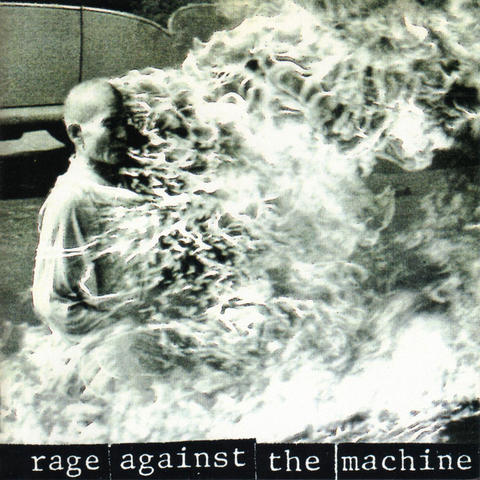
RAGE AGAINST THE MACHINE: RAGE AGAINST THE MACHINE (1992)
While those other bands might have been angry at their parents, Rage were angry about the Western world, the military-industrial complex, the entire capitalist system. Very angry. Zack de la Rocha’s politically-charged lyrics and Tom Morello’s squealing guitar make for an incendiary mix, but Bob Ludwig’s mastering keeps everything from boiling over. We have no hesitation in saying that this is one of the cleanest, most audiophile-friendly hard rock albums ever made. Marxist political theory rarely sounded so funky.

ANIMAL COLLECTIVE: MERRIWEATHER POST PAVILION (2009)
When Baltimore psyche-pop oddballs Animal Collective turned to samplers and synths as the dominant instruments for their eighth studio album, few could have guessed that it would turn out to be their most successful on both the commercial and critical fronts (although it’s far from a mainstream pop record, and less open-minded listeners might find its unconventional song structure baffling).
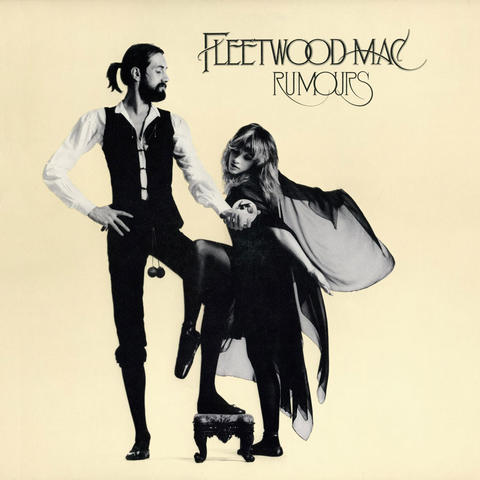
FLEETWOOD MAC: RUMOURS (1977)
Rumours’ meta-story is almost as compelling as the album itself: recorded against the backdrop of two intra-band breakups and rampant cocaine consumption, it signalled a new mainstream rock direction for the British bluesy throwbacks – one that propelled the group into new realms of popularity.
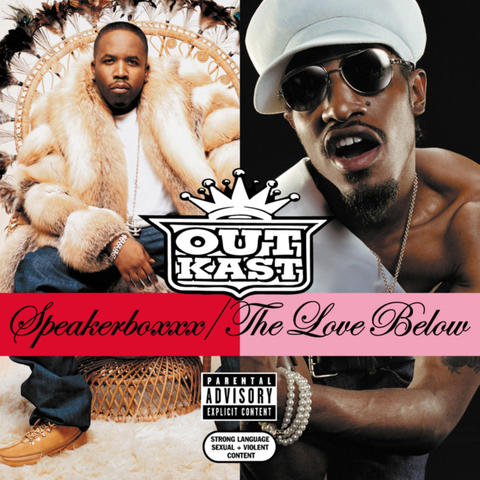
OUTKAST: SPEAKERBOXXX/THE LOVE BELOW (2003)
The fourth killer record in a row from Atlanta hip hop duo Andre 3000 and Big Boi, this is essentially two solo albums in a single case. In hindsight, it was a signal that a creative partnership that had proved so fruitful in the past had run its course – but when each of the albums is as good as these, who cares? Andre 3000 morphs into an manic electro crooner and Big Boi brings all manner of cleanly-produced, P-Funk-influenced club-friendly jams.
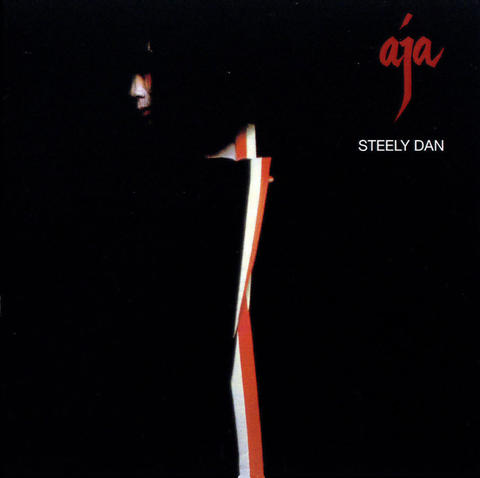
STEELY DAN: AJA (1977)
New York jazz-rockers Donald Fagen and Walter Becker are nothing short of slaves to perfection when it comes to recording and mastering, and consequently each LP is an audiophile’s dream. But if we have to pick a single one, we’ll say 1977’s Aja, which features something like 40 session musicians and some of the band’s most seamless production yet.
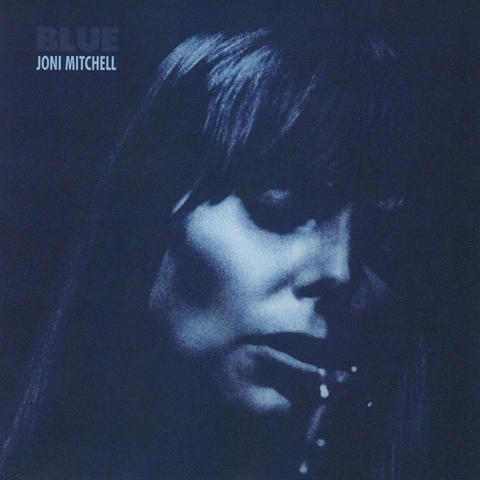
JONI MITCHELL: BLUE (1971)
Joni Mitchell’s masterpiece, Blue is a spare, sparse record showcasing the Canadian’s pure stripped-down songwriting: most songs feature little instrumentation beyond Mitchell’s acoustic guitar or piano. It’s recorded to be highly revealing (with headphones, you can hear the piano pedals moving in the title track) which is entirely appropriate given the confessional nature of the songs, in which Mitchell details her life, loves and struggles with depression with unflinching transparency.
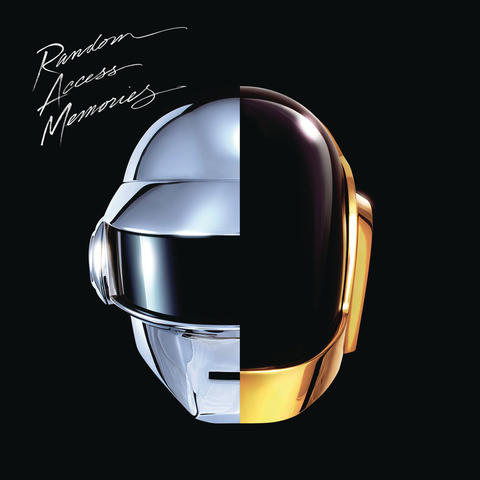
DAFT PUNK: RANDOM ACCESS MEMORIES (2013)
Thanks to the use of original instruments and some of the most talented session musicians (almost every sound on the album comes from a “real” instrument) and collaborators in the game, Random Access Memories is an exquisite body of work. And it sounds amazing: rarely has deep sub bass every sounded, well, so bassy, so real and so gigantic as it does on RAM. There’s a wide dynamic range here, so this is one big recent release that hasn’t fallen victim to what horrified audiophiles refer to as the “loudness wars”.
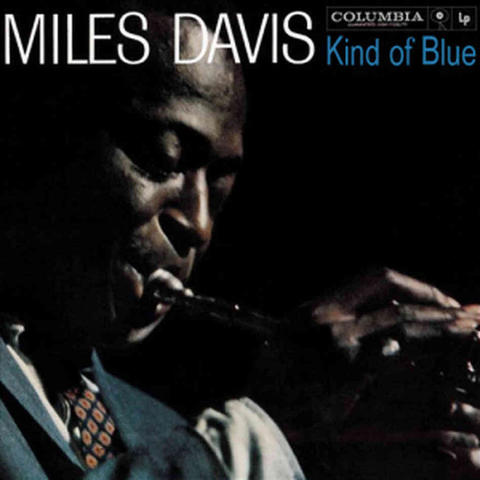
MILES DAVIS: KIND OF BLUE (1959)
Probably the most famous jazz album of all time – and almost certainly the best-selling, Kind of Blue represented a new direction for Miles Davis, as he discarded the complex chord progressions of hard bop for something different: improvisations based on scales, or “modal” jazz. The result is an album of gentle, evocative numbers that influenced not only the jazz scene but other genres like rock and classical.

SIGUR ROS: AGAETIS BYRJUN (1999)
Before Iceland’s Sigur Ros became the go-to band to soundtrack every Attenborough documentary they sat awkwardly on the edge of post-rock – but it was a genre that never seemed to fit them. There are elements of Agaetis Byrjun that qualify it for such categorisation – it sounds epic in the true meaning of the word, not what you say when you’ve just eaten a really nice biscuit – but if anything it’s more post-folk, like Mogwai with flutes, horns and an orchestra rather than delay pedals and a volume dial.
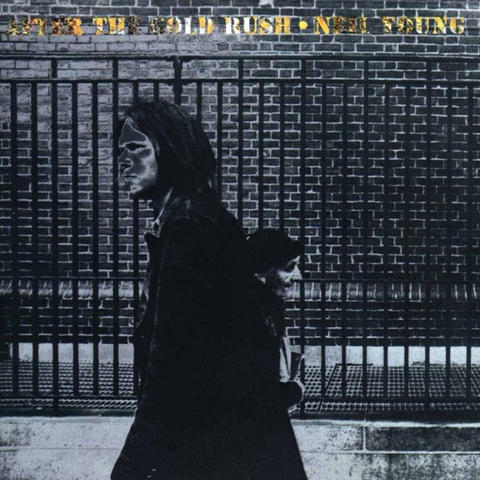
NEIL YOUNG: AFTER THE GOLD RUSH (1970)
While you could argue for days about which of Young’s 40-odd LPs is the best, few offer as complete a picture of his range as a songwriter than After The Gold Rush, an all-killer-no-filler record offering mournful piano ballads (the title track and Birds), down-home sing-alongs (Cripple Creek Ferry) and angry axe-wielding stompers (Southern Man).
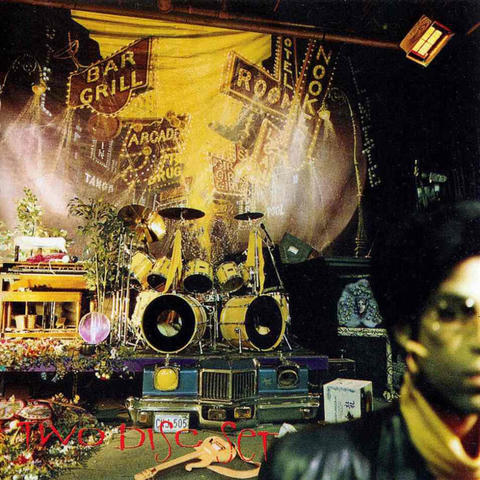
PRINCE: SIGN O’ THE TIMES (1987)
This double album is made up of castoffs from three aborted records, but Prince being Prince, a collection of odds and sods turned out to be a masterpiece and one of the 80s’ greatest LPs. As usual, Prince not only sings but plays many of the instruments, including programming the drum machines and samplers that play such a huge role in the record’s sound. On CD, it’s not widely regarded as the best-mastered of Prince’s records, but audiophiles should do their best to seek out the superb Japanese SHM-CD version (or the vinyl).
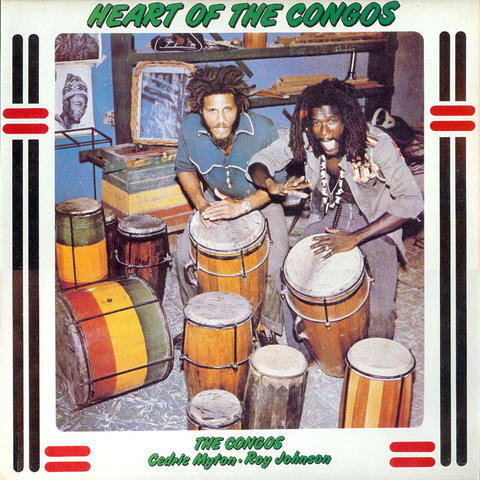
THE CONGOS: HEART OF THE CONGOS (1977)
Few producers have been so innovative and influential as Lee ‘Scratch’ Perry, and The Congos’ 1977 debut is without doubt his most consistently brilliant piece of work. Recorded at Perry’s Black Ark studio in Kingston, Jamaica, it’s a mind-altering blend of reverb-heavy rhythms laid down by the studio’s house band The Upsetters plus the perfectly matched harmonies of its three vocalists: tenor ‘Ashanti’ Roy Johnson, falsetto Cedric Myton and baritone Watty Burnett. Somehow, Perry recorded it on an ageing four-track, but you’d never know it from the lush Fisherman or Open Up The Gate, with the producer using found sounds and a battery of tricks to create the effect he was after. Roots reggae at its finest.
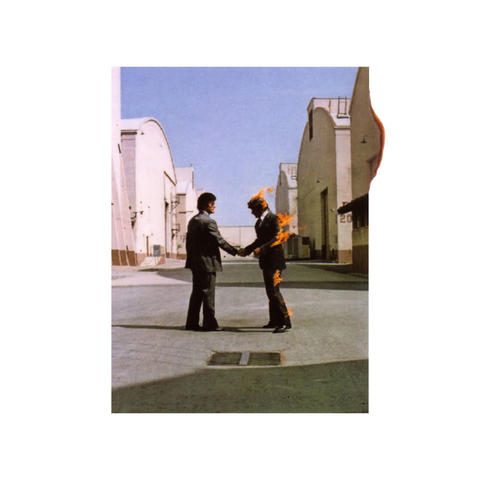
PINK FLOYD: WISH YOU WERE HERE (1975)
Pink Floyd is probably regarded as the archetypal band for audiophiles: prog rock giants serving up complex and immaculately produced albums full of lengthy songs. And never more so than on Wish You Were Here, an album that features only five tracks but runs well over 40 minutes.
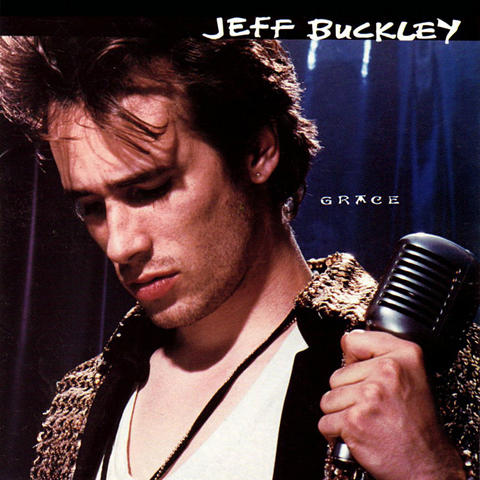
JEFF BUCKLEY: GRACE (1994)
David Bowie considered Grace to be the greatest album ever made, and while we won’t go that far it’s hard to see it as anything other than an excellent record from a singer-songwriter at the peak of his powers: his tenor voice is faultless and the songs, whether his own or covers, are memorable. It’s a beautifully well recorded album too: play it on decent equipment and Buckley could almost be singing in your living room.
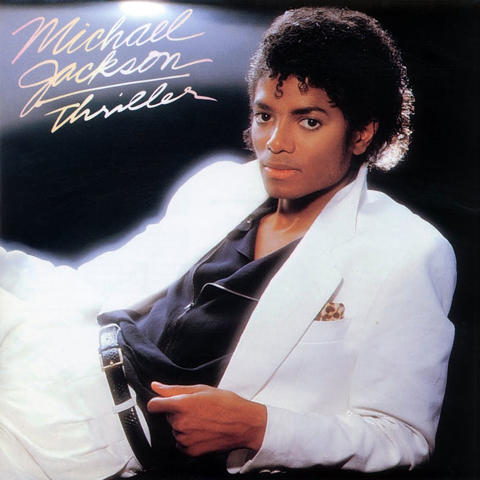
MICHAEL JACKSON: THRILLER (1982)
Thriller’s cultural and commercial significance is well documented, but Michael Jackson’s masterpiece is also one of the best-recorded and most immaculately produced albums of the 1980s. Producer Quincy Jones and Jackson enjoyed (or perhaps endured) a strained relationship during the making of Thriller, and every track was painstakingly remixed (a week was spent on each song) because neither was happy with the initial recordings. The hard work resulted in a record that blended disco, soul, rock and R&B and a template that would inform pop music for the next 20-plus years.
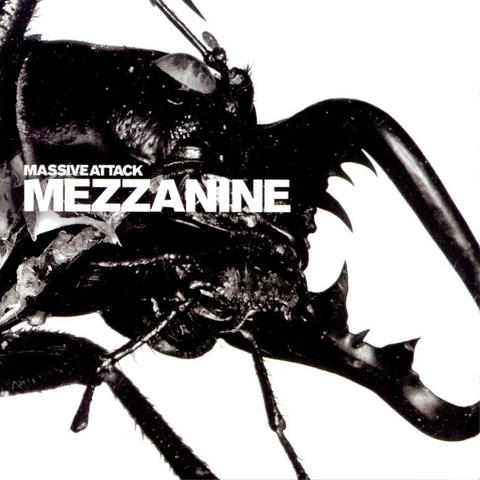
MASSIVE ATTACK: MEZZANINE (1998)
Trip hop pioneers Massive Attack had already established themselves as Britain’s best-known proponents of what the Americans call “electronica” when they dropped Mezzanine, initially as a legal MP3 download on their website (they were among the first major acts to embrace digital distribution) and later as a physical release. Despite the Bristol trio apparently hating each other’s guts during the making of the album it’s a prime example of a record which uses ambient sounds to create rich texture, depth and atmosphere.
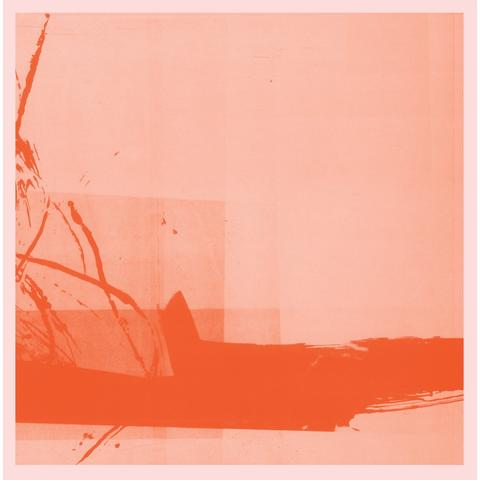
UNDERWORLD: SECOND TOUGHEST IN THE INFANTS (2015)
If you’ve still got Underworld pegged as that laddish ‘lager, lager’ band from Trainspotting, it’s time to acquaint yourself with their classic fourth album. Far from being packed with banging techno anthems, it seamlessly blends various flavours of downbeat electronica with Karl Hyde’s meditative poetry. The result is brilliantly paced masterpiece that has aged even better than Ewan ‘Peter Pan’ McGregor.

SLINT: SPIDERLAND (2014)
When Kentucky’s Slint released Spiderland in 1991 it sounded so far removed from the music Pearl Jam, Guns ‘n’ Roses et al were making (despite using exactly the same instruments) reviewers started calling the album post-rock. So sparse you can almost hear the empty space in the studio, with sinister rhythms and hushed, spoken-word vocals, each track is more like a chapter in a book than a song. 25 years later it still sounds totally fresh and like nothing else ever recorded.
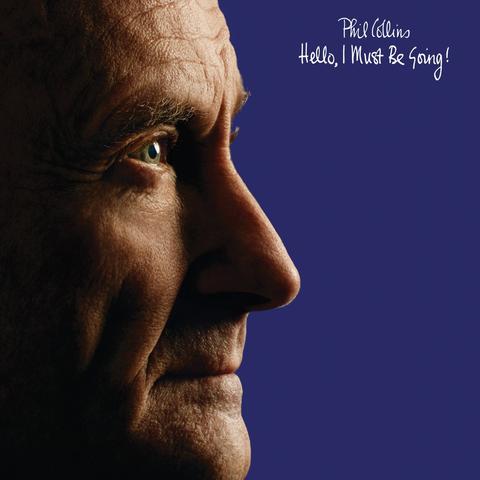
PHIL COLLINS: HELLO, I MUST BE GOING (2016)
Hello, I Must Be Going is a flawless pop record, full of tracks with sparkling, rhythmic exteriors that contain deep, sometimes dark lyrical stories. The remastered version cleans everything up further, polishing what was already pretty much pop perfection. Or maybe we’re just psychotic.
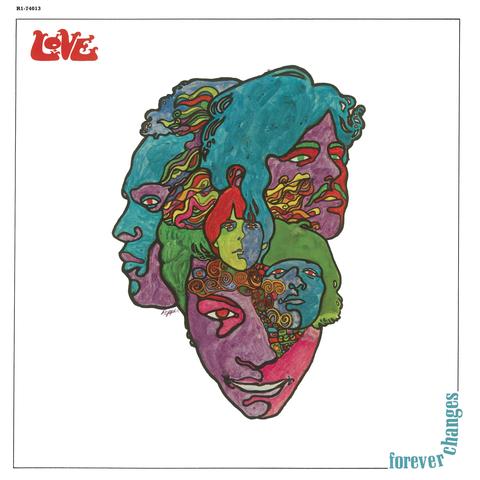
LOVE: FOREVER CHANGES (2015)
Whether it’s the bad trip of A House Is Not a Motel, the squealing guitar on Live and Let Live, or the hints at indiscriminate incarceration and slaughter on The Red Telephone, Forever Changes is a subversive, surreal record. The Morricone-esque blast of brass midway through Alone Again Or is almost worth the admission price alone.
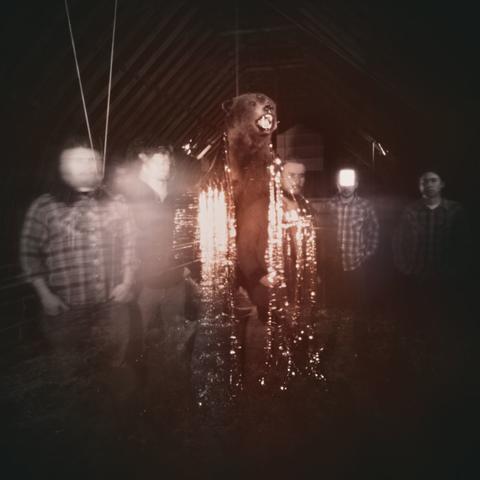
MY MORNING JACKET: IT STILL MOVES (2016)
Tinkering with an album that’s loved partly for its raw, live sound can be a dangerous game, but My Morning Jacket get the balance right on this remixed version of their fan favourite. Sure, the the guitars are crunchier and the reverby vocals more prominent, but it still feels like you’re in a sweat-drenched bar listening to classic rockers on top form.
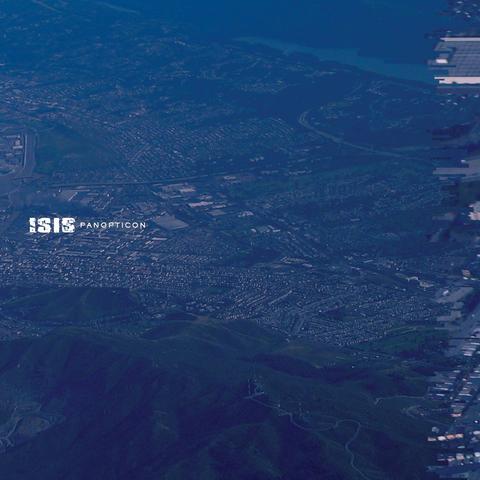
ISIS: PANOPTICON (2014)
Panopticon is a record that sounds like it was unearthed rather than recorded, forged between two tectonic plates or found pressed into the fossilised remains of a Supersaurus. Wherever it came from the album was remastered in 2014 (10 years after its original release and four years after the band split up) and it’s never been more earth-shudderingly heavy.
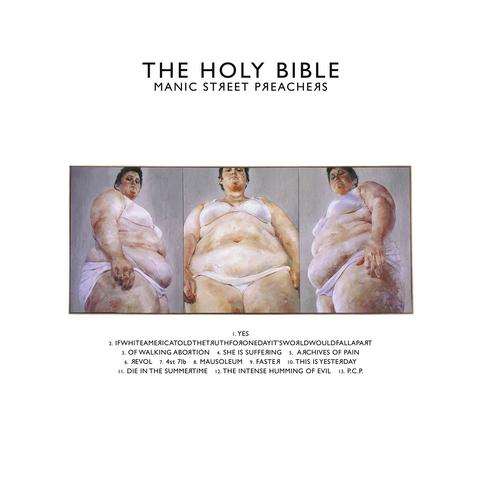
MANIC STREET PREACHERS: THE HOLY BIBLE (2014)
Less an album and more an hour-long exercise in pain and suffering, The Holy Bible is nonetheless one of the outstanding, er, albums of the past 30 years. Written almost entirely by the band’s creative heartbeat Richey Edwards and released mere months before his eventual disappearance, it places such laugh-a-minute subjects as anorexia, prostitution and the holocaust against a backdrop of raw guitars and unflinching samples. Not an easy listen, then, but undeniably an essential one.


